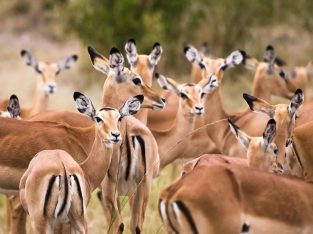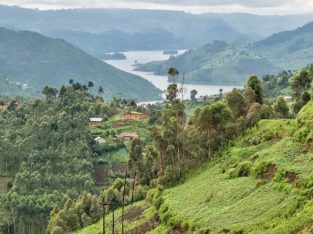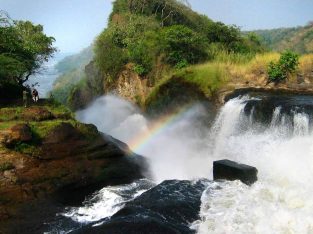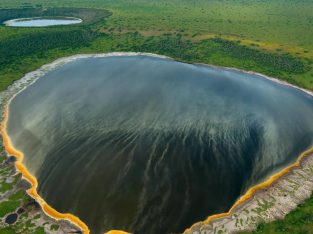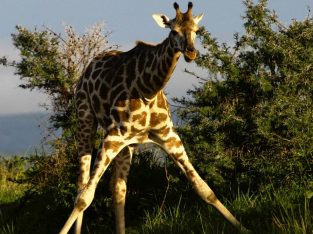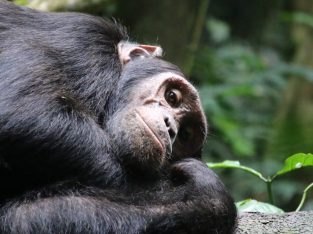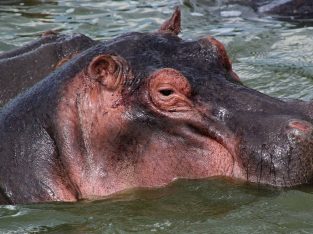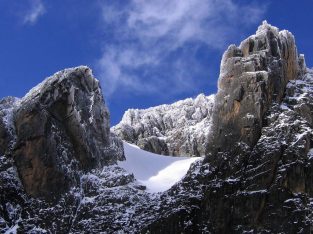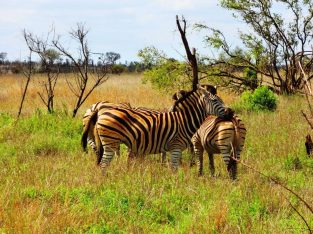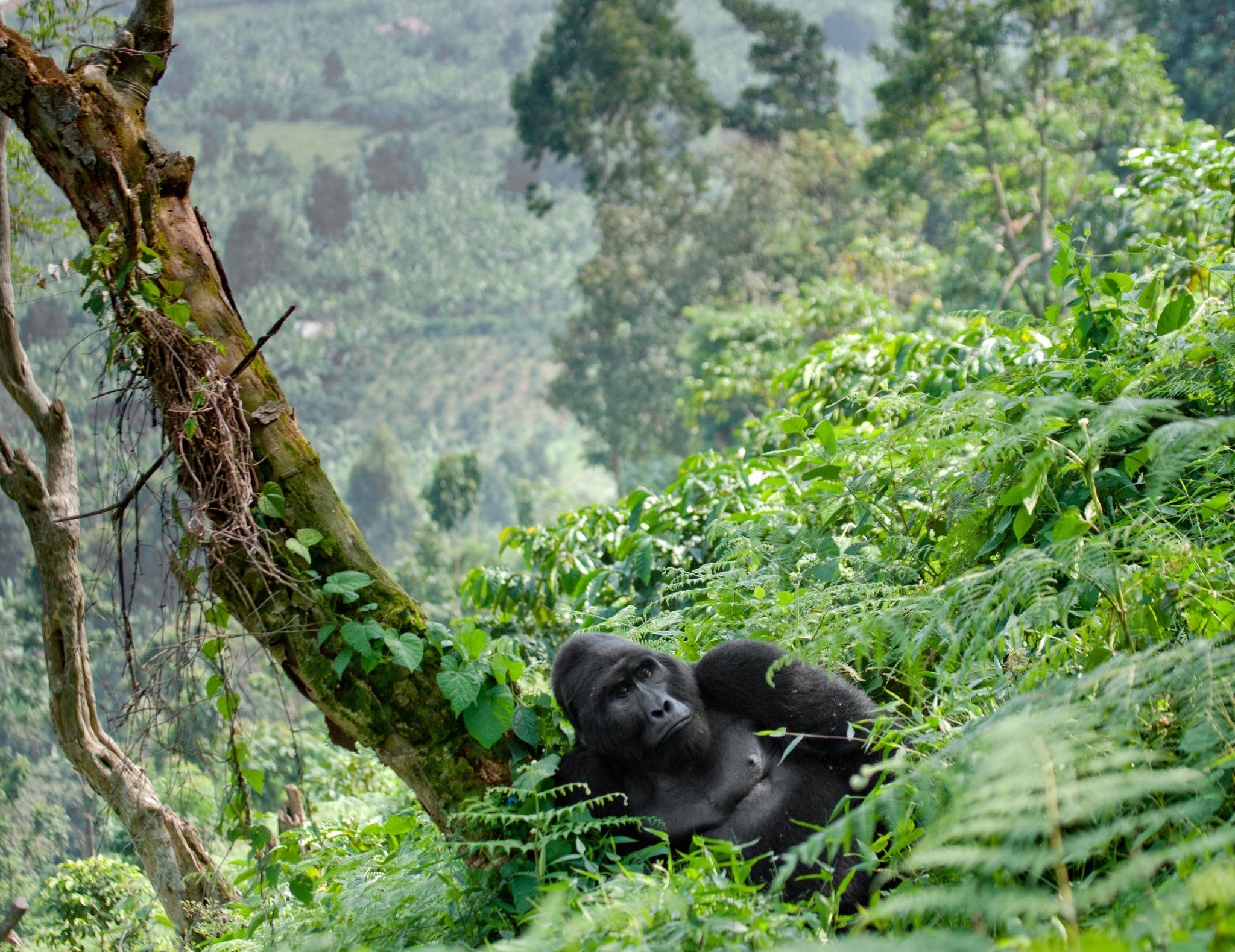Western Uganda Safari
Bwindi National Park, located in south-western Uganda at the confluence of plain and mountain forests, covers 32,000 ha and is known for its exceptional biodiversity, with over 160 tree species and over 100 fern species. There are numerous bird and butterfly species, as well as many endangered species, including the mountain gorilla.
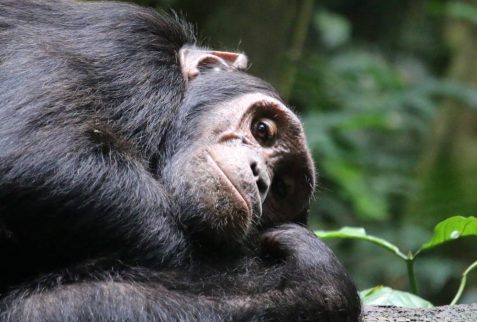
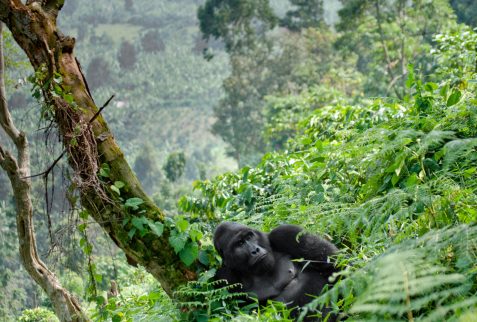
Bwindi Impenetrable National Park, at 32,092 ha, is one of the largest areas of Afromontane lowland forest in East Africa, extending well within the montane forest belt. The property, which is located on the eastern edge of the Albertine Rift Valley and is thought to be a Pleistocene refugium, is a biodiversity hotspot with possibly the most tree species for its altitude in East Africa. It also has a diverse fauna, including several endemic butterflies and one of Africa’s richest mammalian assemblages. The property, which is home to nearly half of the world’s mountain gorilla population, represents a conservation frontline as an isolated forest of exceptional biological richness surrounded by an agricultural landscape that supports one of the highest rural population densities in tropical Africa. The benefits to the community from mountain gorilla and other ecotourism may be the only hope for the future conservation of this unique site.
Bwindi is the most important area in Uganda for species due to an exceptional diversity that includes many Albertine Rift endemics and its diverse habitats ranging from 1,160 to 2,706 m in altitude, location at the intersection of the Albertine, Congo Basin, and Eastern Africa ecological zones, and probable role as a Pleistocene refugium. This forest is thought to be a remnant of a much larger forest that once covered much of western Uganda, Rwanda, Burundi, and the eastern Democratic Republic of the Congo (DRC).The property has the greatest diversity of tree species (over 200 species, including 10 endemics) and ferns (104 species) in East Africa, and it may be Africa’s most important forest for montane forest butterflies, with 202 species (84 percent of the country’s total), including eight Albertine endemics. The forest is significant because it is home to nearly half of the critically endangered mountain gorilla population (about 340). The forest is home to at least 70 of the 78 montane forest bird species found in the Albertine Rift region, as well as 22 of the 36 endemics. Bwindi is home to a variety of globally threatened species, including mountain gorillas, chimps, l’Hoest’s monkeys, and African elephants; birds like the African green broadbill, Grauer’s swamp warbler, Turner’s Eremomela, Chapin’s flycatcher, and Shelley’s crimson-wing; and butterflies like the African giant swallowtail and cream-banded swallowtail.
Good to Know
Country
Visa Requirements
Languages spoken
Currency used
The property is a forest oasis located in one of the country’s most densely populated rural areas, with more than 350 people per square km. This means that, aside from a 4 km2 buffer zone donated by communities at the Park’s southern end to protect the site, no buffer zone at the forest edge is possible. Because the boundary area ratio is high and the area of park/people contact requires intensive management, the site is reduced in size and does not have an ideal boundary configuration. There are several narrow corridors between sectors that will make wildlife movement difficult. There is little that can be done to expand the area around these constrictions due to human disturbance and vegetation clearing.
The Park’s boundaries are clearly marked by planted trees and concrete pillars as markers along areas where rivers do not form the boundary. This clear boundary line has mostly stopped local communities from encroaching, but with an increasing population, agricultural encroachment will remain a potential threat. However, community participation programs have enabled neighboring communities to reap a variety of benefits from ecotourism and controlled plant resource use, significantly improving their livelihoods. Other than ecotourism, there are no commercial activities on the property. Bwindi has a shared border with the small (c. 900 ha) protected Sarambwe forest in DRC, into which gorillas and other species occasionally venture. This allows for population dispersal and gene flow, as well as international collaboration in the conservation of the region’s endemic and endangered flora and fauna.
Bwindi is protected by several national laws, including the Uganda Wildlife Act Cap 200 of 2000, the National Environment Act (2000), the Local Government Act (1997), the Land Act (1998), the Forest and Tree Planting Act of 2003, and the Uganda Wildlife Policy (1999). All of the aforementioned laws were not in place when the property was designated as a World Heritage Site. However, the Uganda National Parks Act (1952) and the Game Act (1972) were already in place to support its establishment), as were international conventions (Convention of Biological Diversity 1992 (CBD), Convention on International Trade in Endangered Species (CITES), Ramsar Convention of 1971, and World Heritage Convention 1972). As a conservation site, the site has an approved management plan and is highly respected and supported by local communities. Several local and international non-governmental organizations (NGOs) have expressed strong support for the property. Within the Park, there is a permanent research institute engaged in research and ongoing monitoring of the site’s integrity. These factors, along with strong political backing, ensure the property’s long-term preservation and conservation. A major reason for community support is that the site’s management has developed ecotourism programs that support community livelihoods. The Park serves as a model for the integration of community-based sustainable resource management in the country and, potentially, the East African Region. However, given the new trend of traffickers trafficking mountain gorilla babies and chimps, there is still a strong long-term need for increased primate protection. Because mountain gorillas are so closely related to humans, they are also threatened by the spread of human diseases as a result of tourism activities. UWA is closely monitoring these threats and collaborating with stakeholders and non-governmental organizations to mitigate them. Conservation must be improved further in law enforcement and monitoring.
